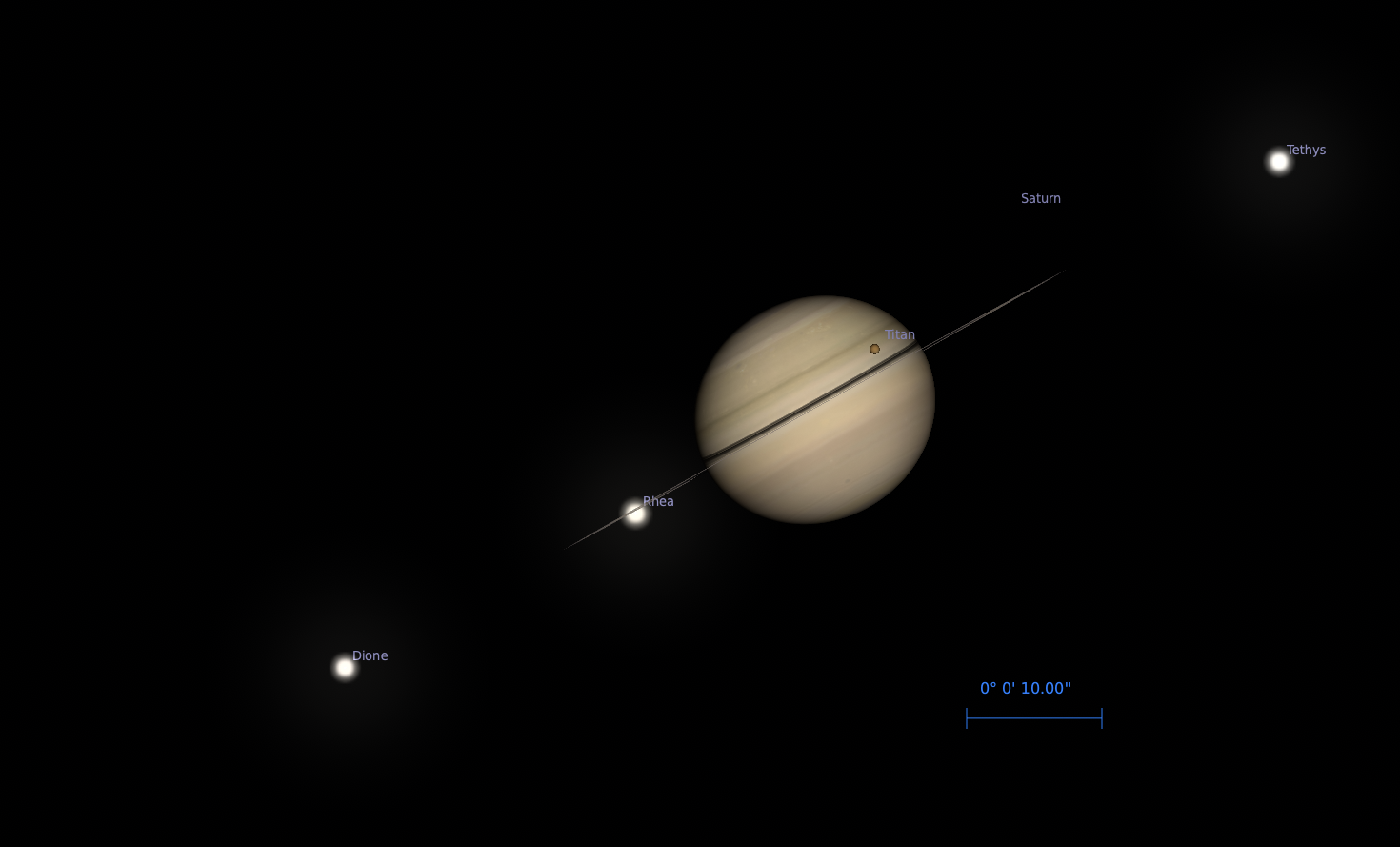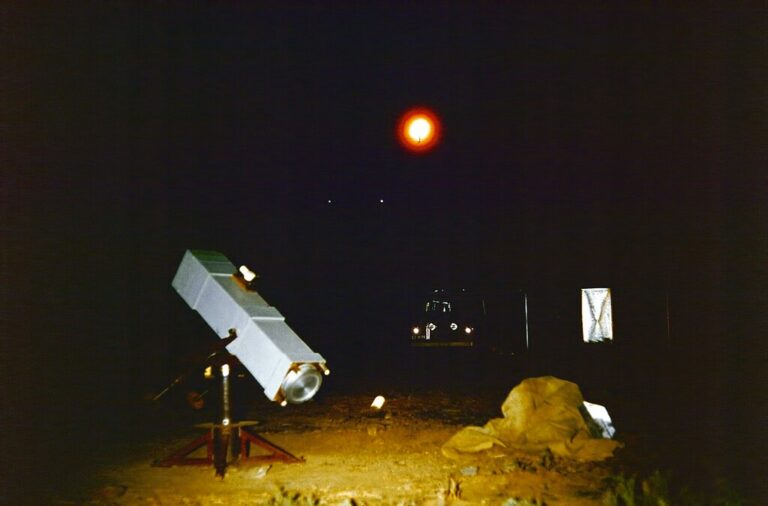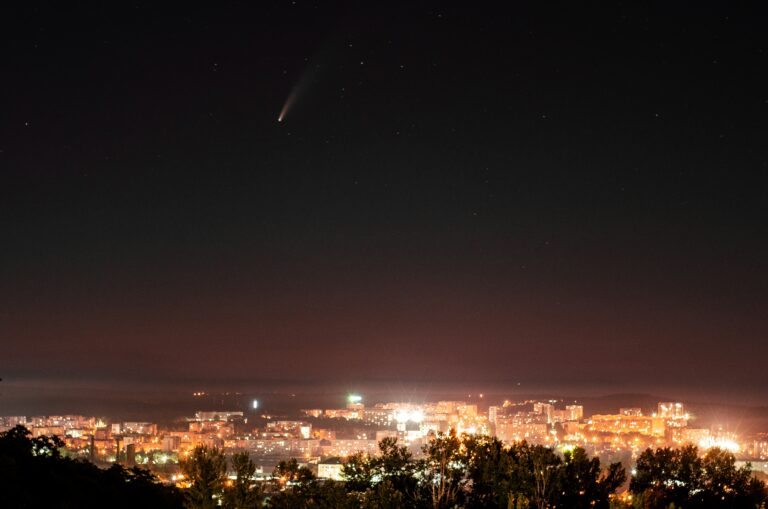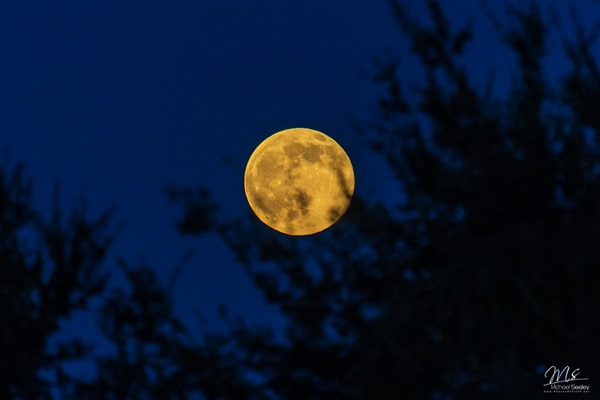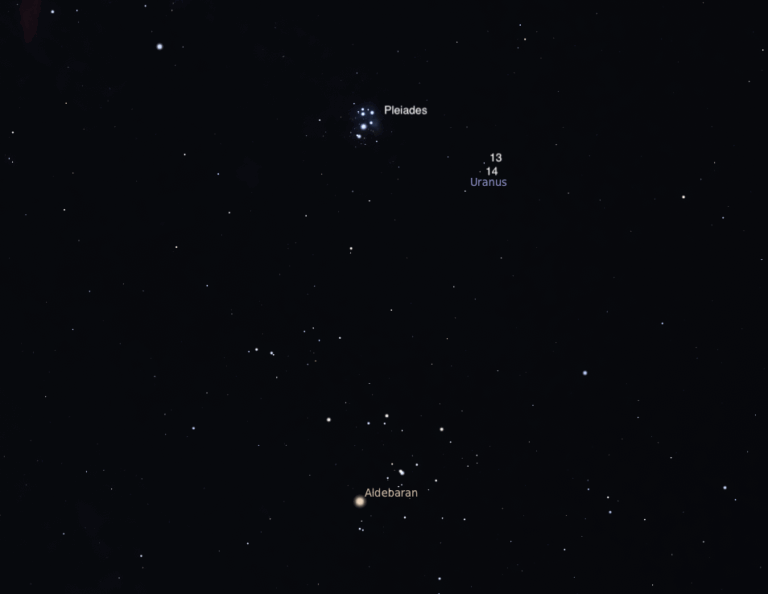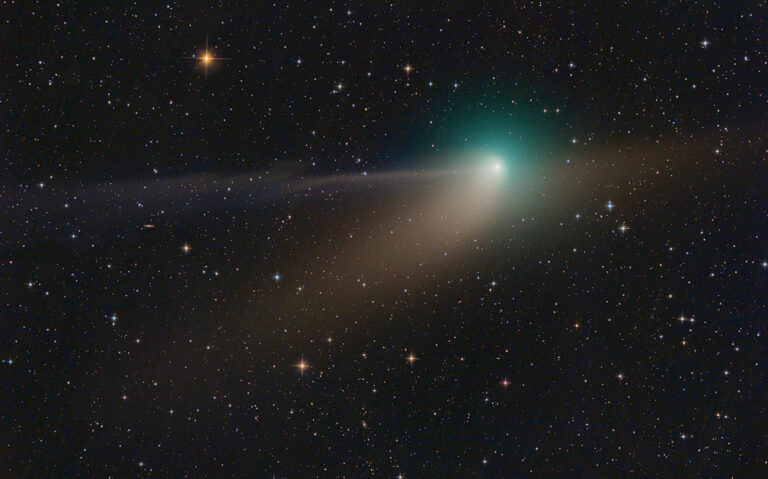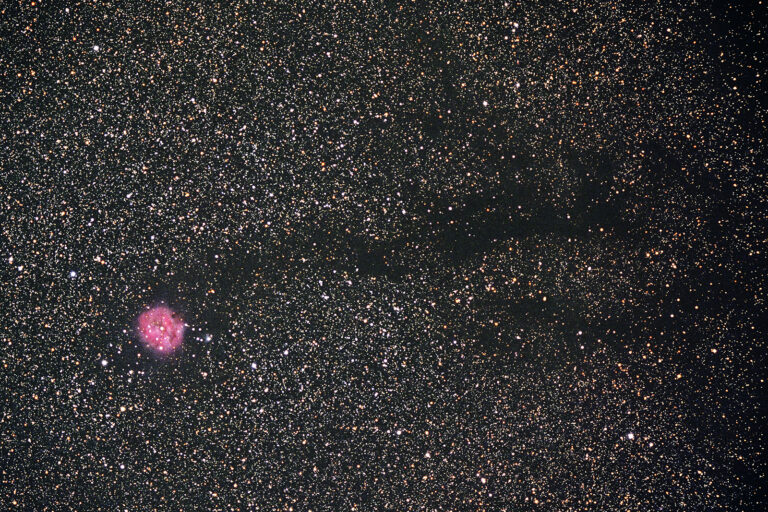
Key Takeaways:
- Mercury appears to move backward (retrograde) in the sky.
- It's visible briefly in the evening sky, low on the western horizon.
- You'll need binoculars or a telescope to see it.
- Mercury will disappear from the evening sky soon but reappear in the morning sky in early August.
Mercury stands stationary at 3 A.M. EDT amid the stars of Cancer. The solar system’s smallest planet will now start sliding westward, or retrograde, appearing to “fall” back toward the Sun as it moves through its tight, 88-day orbit.
You can catch Mercury in the evening sky, but only if you’re quick — it’s just 4° high in the west 20 minutes after sunset and sinking fast. It’s now 17 percent lit and shining at magnitude 1.4, spanning 11”. You’ll need binoculars or a telescope to find it, though take care not to pull out any optics until at least several minutes after the Sun has set from your location (which may differ from the time given below). The planet will not only set earlier in the coming days, but it will also quickly fade as its phase continues to wane. It will return to the sky in early August, shining in the morning before dawn.
Sunrise: 5:46 A.M.
Sunset: 8:26 P.M.
Moonrise: —
Moonset: 1:11 P.M.
Moon Phase: Waning gibbous (54%)
*Times for sunrise, sunset, moonrise, and moonset are given in local time from 40° N 90° W. The Moon’s illumination is given at 12 P.M. local time from the same location.
For a look ahead at more upcoming sky events, check out our full Sky This Week column.


